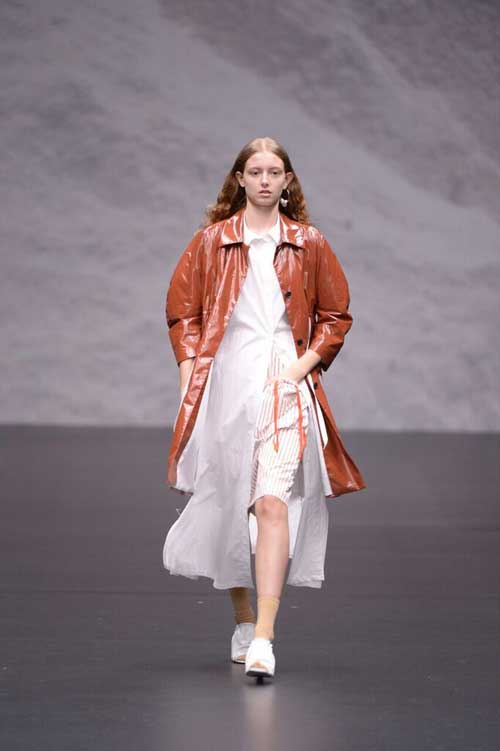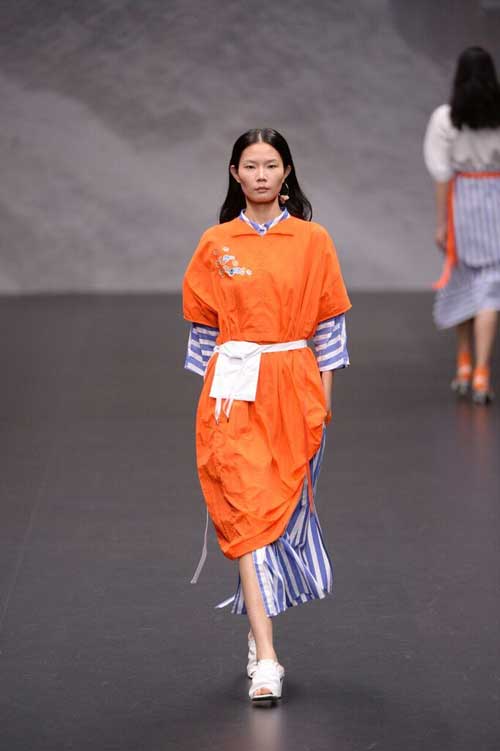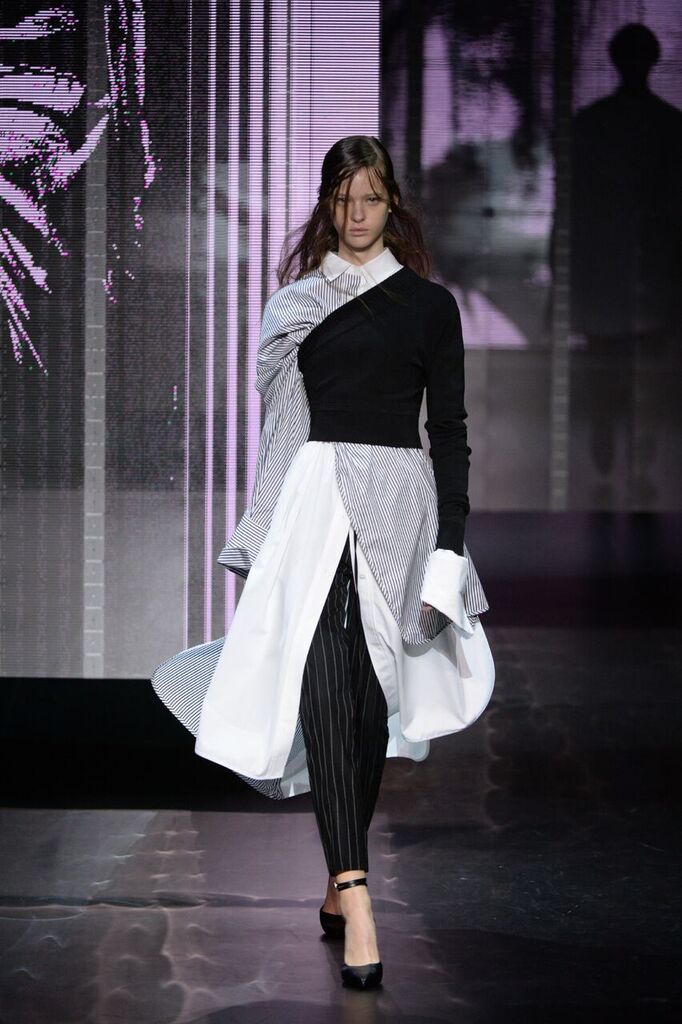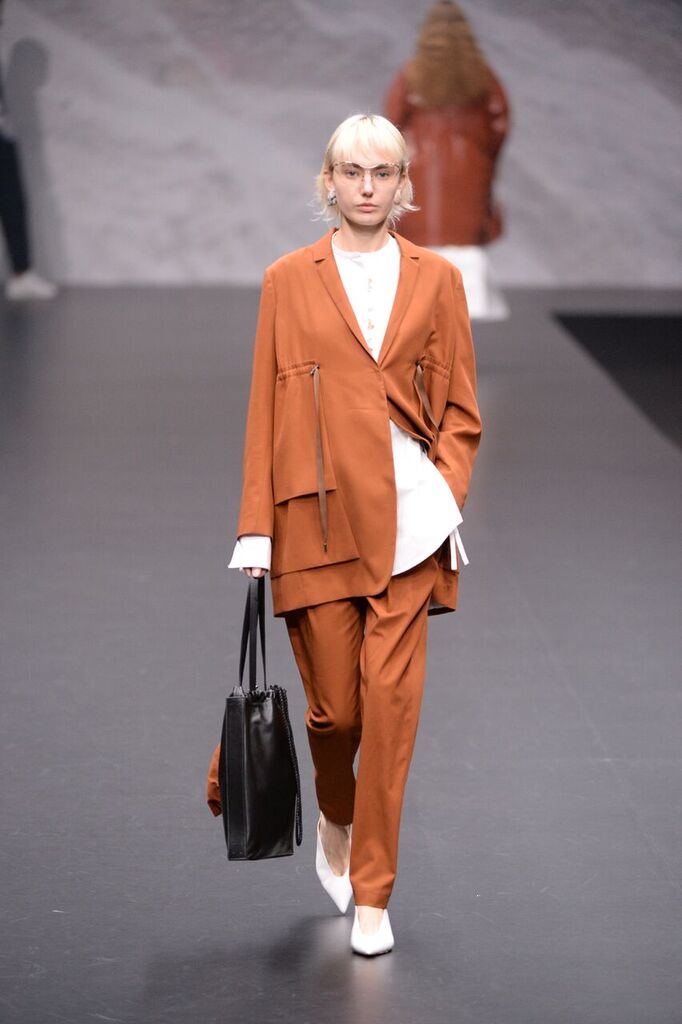FW
In the first six months of 2017, the turnover from Vietnam’s exports of textiles and garments rose 10 per cent year-on-year. Despite increasing export turnover, development in textile and garment industry’s is hampered due to numerous reason. The industry wants wage increases to be put on hold and says any raise would increase the total production expenditure of textile and garment enterprises by 2.9 per cent. It wants minimum wage increases to be put off until 2020 or 2022. Simultaneously, enterprises say the minimum wage should not be used as the initial basis to build the payroll as well as the basis for contributing premium rates.
In the 2007-17, Vietnam saw regional minimum wages increase on an average 21.8 per cent for domestic enterprises and 15 per cent for foreign direct investment enterprises. Enterprises using domestic fabric sources to manufacture exported products want to be exempt from the value added tax.
Vietnam is one of the five largest textile and garment exporters in the world. Vietnam’s textile and apparel sector has set a target of seven per cent growth over 2016. Currently, Vietnam’s garment and textile products are available in 40 countries around the world, with major markets including the United States, Japan, the Republic of Korea, China and the EU.
Woolmark has produced a range of wool shoes in collaboration with knitting machine manufacturers such as Shima Seiki, Stoll and Santoni. These shoes are comfortable and breathable and also resistant to odor and wick away moisture. Several shoe prototypes have been created using advanced wool yarns to enhance the inherent benefits of the fiber. For example, by combining yarns together and 3D knitting, the entire upper can be free of cutting and sewing.
Comfortable for wearing next to skin by using a 100 per cent merino wool yarn as an inner surface layer, the latest spinning technology helps knit the fabric on to the outer face of the shoes’ upper, enhancing abrasion resistance. Post-workout muscle recovery can also be improved by using a combination of far infrared material with wool.
Woolmark has used the natural properties of wool – such as odor resistance, breathability, comfort and shape retention – for the ultimate in footwear. By working closely with its suppliers, it has been able to develop technically advanced yarns to be incorporated into the upper, inner and liner for a range of machine washable footwear.
The rise of wool sneakers is part of a larger trend, with merino wool continuing to cement its place in the growing sports and active wear industry.
CENTRESTAGE ELITES, a major fashion spectacular, took to the stage on 6 September, showcasing the latest Spring/Summer 2018 collections of Hong Kong brand FFIXXED STUDIOS and Korean label JUUN.J.
The opening gala show was a highlight of CENTRESTAGE, the event aims to further reinforce position of HK as an international fashion capital.

CENTRESTAGE ELITES showcased Kain Picken and Fiona Lau's FFIXXED STUDIOS, as well as the works of Juun.J.

The Korean designer staged his first Hong Kong runway show, which was made possible through a collaboration with the brand's partner JOYCE and the HKTDC. JUUN.J's 2017 Fall/Winter collection is also currently on offer at JOYCE.
The Economic and Technology Co-operation Agreement (ETCA) with India is expected to increase Sri Lanka’s competitiveness in industrial exports and help Sri Lanka gain better access to India’s rapidly growing market. Another area Sri Lanka is looking forward to is a free trade agreement with China, where the focus will be on apparels, tea, gems and jewelry, rubber products, coconuts and spices as key industries.
Together the Chinese FTA and the Indian ETCA are expected to give Sri Lanka preferential access to a market of 2.5 billion people and an emerging middle class larger than the whole of the EU. Sri Lanka has also launched negotiations on a free trade agreement with Singapore and is particularly focused on encouraging Singaporean investment into Sri Lanka and new concepts such as re-manufacturing industries.
Sri Lanka’s FTA with Pakistan also provides an opportunity for Indian investors to access that market on a preferential basis by locating to Sri Lanka. There is a possibility of redirecting some of Indo-Pakistan trade currently transmitting through Dubai. The SAARC region is one of the fastest growing regions of the world. India accounts for 78 per cent of the region’s GDP followed by Pakistan and Bangladesh at 10 per cent and eight per cent.
India’s export growth slowed to an eight-month low of 3.94 per cent in July while trade deficit widened on account of high gold imports. Exports to GDP ratio of India has to improve substantially. Action has to be taken on several other fronts, including bringing in a new industrial policy, improving logistics for exporters, formulating an agri export policy and integrating into global supply chains.
Global supply chains are now a reality. India is part of this in auto components and generic formulations. These chains offer a great opportunity for Indian exports as well as upgrading capacities in terms of technology. Logistics are being added in the rules of business of commerce now. Logistics will be brought to the forefront and will be worked on as there is a direct link between competitiveness of exports and logistics.
To promote investments, a district-wise industrial plan will be prepared as local situations like human resource availability, law and order conditions and natural resources help attract investors more. Support measures are being devised which can facilitate a quick increase in exports both in terms of volume and value. The intention is to rev up the country’s exports in the shortest possible time.
Korean conglomerate Hyosung is setting up a spandex yarn factory in India. The Hyosung is known for its spandex brand Creora, which has about a 50 per cent market share in India. Market demand gas pushed Hyosung to set up a new factory in India. Hyosung sees India among its top five spandex markets with sustained growth. Hyosung grows about eight per cent a month in the Indian market, which has led to more than 50 per cent growth a year.
Hyosung is the largest producer of spandex in the world with its Creora brand. It expects to reach 2,30,000 metric tons by the end of this year. Creora is being used for intimate wear, denim, knitwear, woven garments and swimwear. Creora has many classified products to meet apparel mills’ requirements.
In India, the company is working with manufacturers engaged in producing woven, denim, knitted, narrow fabric elastic, warp knitting textiles and diapers including Vardhman, Ginza Industries, Pratibha Syntex, Maral Overseas and many others. The primary mission of the group is to support the growth of Indian and southeast Asian textile manufacturers through new products, exceptional service and trend presentations.
The spandex market in India is growing continuously as the demand is driven by increasing consumer awareness about healthy lifestyles and the demand for comfort in various kinds of apparel, including denim.
G-III Apparel’s Q2 net sales increased by 21.6 per cent, the jump follows 16 per cent jump in sales for the first quarter of 2018.
The apparel group’s portfolio includes brands such as Donna Karan, GH Bass, Andrew Marc, Marc New York and Jessica Howard as well as licenses operated under brands such as Calvin Klein, Tommy Hilfiger, Karl Lagerfeld Paris, Kenneth Cole and Ivanka Trump.
G-III intends to reduce operating costs through store closures. In its own retail operations, it expects to improve performance through store rationalization, better merchandising and expense reductions. It believes it can mitigate the pressure on its retail results while reaping the benefits of an exciting new phase of wholesale growth as it looks forward to a successful second half of the year.
Going forward, G-III expects to see transitional costs of approximately $8 million related to the Donna Karan acquisition. It also attributed the second quarter’s net loss of $8.6 million, up from $1.3 million in the same quarter in the previous year, to the Donna Karan deal.
The group is positioned to provide exciting new assortments to a range of retailers and to demonstrate leadership in the industry at a critical time.
Gap is shifting focus to growth. It will now leverage its iconic brands and scale to deliver growth in online and mobile channels, US store expansion, and continued market share leadership in loyalty categories. It will simultaneously increase its presence in more profitable value and online channels while continuing to shed square footage in lower productivity specialty locations.
Among Gap’s brands are Old Navy and Athleta. Over the next three years, the company expects to add about 70 net new stores. The company has built a profitable online and mobile business with double-digit sales growth and industry leading capabilities. Gap sites are built on a proprietary e-commerce platform that enables wide-ranging capabilities, including cross-brand shopping, omni-channel services, and an upcoming buy online, pick-up in store service as well as a new personalization engine powered by customer data.
Over the next three years, Gap will accelerate this work with continued investment in areas like direct fulfillment capacity, loyalty, personalization, omni-channel services, artificial intelligence and other data-driven customer experiences.
Taking advantage of Gap’s scale creates an opportunity to drive greater efficiency, speed and profitability. The company will leverage its size and scale, cross-brand synergies and streamline operations and processes. The company plans to reinvest a portion of productivity related savings in its growth initiatives, providing opportunity for margin expansion.
The US may exit Korus, the free trade agreement it has with South Korea. Under Korus the US and South Korea had agreed to cut tariffs on roughly 95 per cent of the consumer and industrial products they trade. Apparently the United States is considering stopping all trade with any country doing business with North Korea. For the year ended June 2017, the US imported roughly $620 million in yarns and fabrics under Korus, which amounts to 28 per cent of total yarns and fabrics the US imported under free trade agreements in the period.
South Korea remains one of the top five sources of yarn and fabric imports, used for manufacturing operations in the US. Over the same period to June, apparel imports under Korus amounted to $186 million, roughly 1.4 per cent of total apparel imports under FTAs, more than two-thirds of which is synthetic apparel.
Though South Korea isn’t among the top sources of footwear for the US, imports of shoes from the country increased upward of 58 per cent between 2011 (before Korus was implemented) and 2016. South Korea also happens to be among the top sources of socks for the US, so that market could take a hit, too.
Yarn Expo will be held in China from, October 11 to 13, 2017. In response to the strong demand for fiber and yarn products in China and the Asian region, Yarn Expo will double its exhibition space and accommodate around 500 global yarn suppliers from 13 countries and regions.
Yarn and fiber manufacturers have endeavored to introduce green products into the early stages of textile production. Yarn Expo, as the leading yarn and fiber business platform in Asia, serves as an ideal stage for these suppliers to gain exposure to buyers looking for such products.
Chemical fiber products with innovative, eco-friendly and health and comfort properties are on offer from exhibitors. Visitors can gain insights into product trends in these areas from the 2017/18 China Fiber Trend Area and Innovative Textile Material Forum, both of which feature in the Colorful Chemical Zone.
The Natural Cotton Yarn Zone is another highlight of the three-day show, where exhibitors will showcase their natural cotton yarn and a range of functional products. Around 50 suppliers will also showcase their latest collections in the expanded Fancy Yarn Zone. The Birla Planet Pavilion will feature three of the Birla Group’s fibers – Birla Viscose, Birla Modal and Birla Spunshades.













